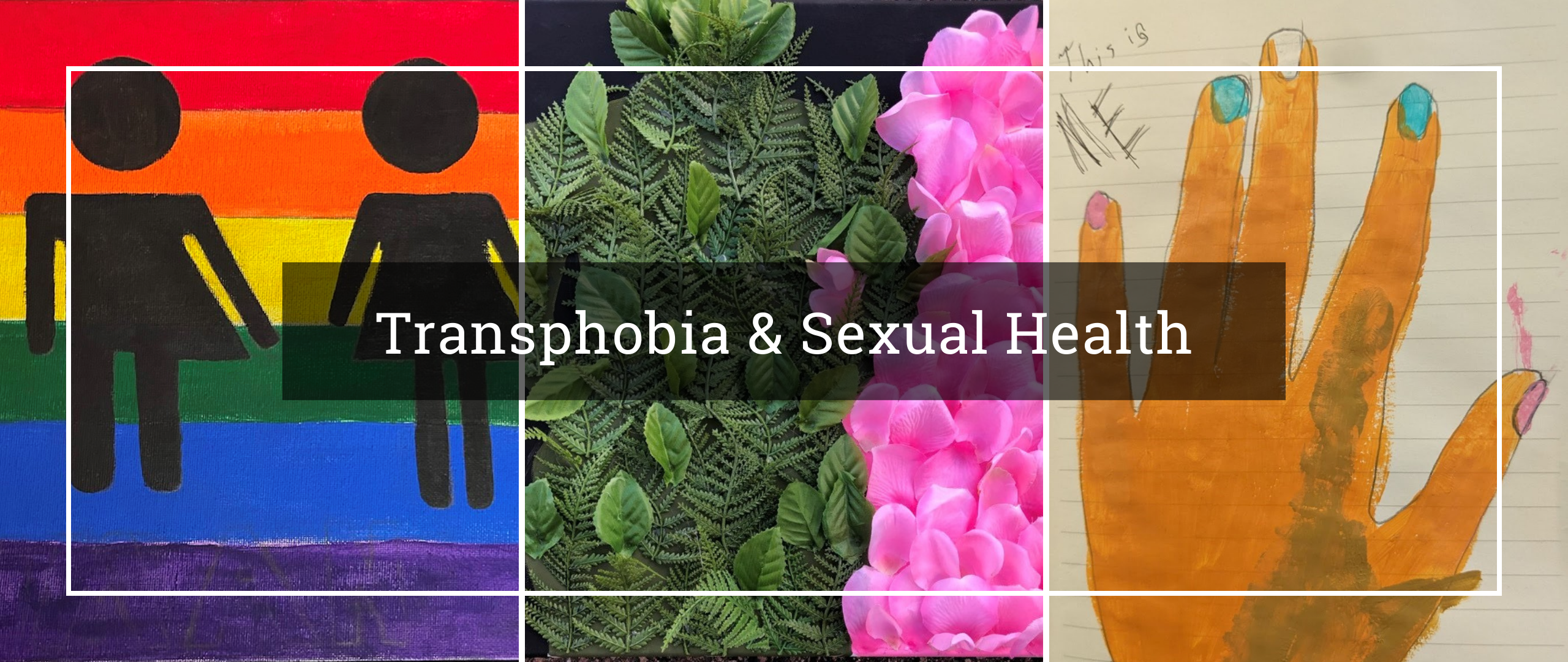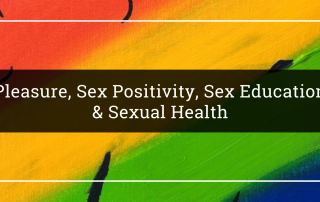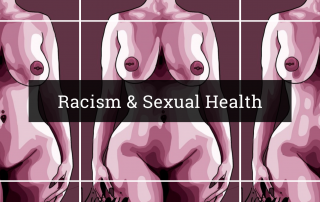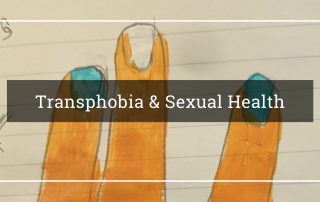
Written and researched by Tomei Kuehl
Accompanying artworks selected in partnership with Talia Cardin, Youth-facilitator to the Youth Sexual Health Program Board
Transphobia:
“Transphobia is the hatred or fear of those who are perceived to break or blur stereotypical gender roles, often expressed as stereotyping, discrimination, harassment and/or violence.”
– Definition provided by GLSEN
American societies expressed and recognized gender diversity to varying degrees. It is unknown how many Native American cultures recognized non-binary genders and figures range from 113-131 native American groups in North America that had female roles for male-assigned individuals and 30-63 that had male roles for female-assigned individuals (Beemyn, 2014). The recognition and inclusion in some Native American societies of people with different genders contrasts the violence and oppression experienced within the White-dominated American colonies and to present day (Beemyn, 2014).
Most sex education centers cis-gendered, straight people and there is a great deal that we do not know about the sexual and reproductive health needs and experiences of transgender and gender nonbinary people. A singular focus on pregnancy as the role of womanhood limits and hurts all bodies and as history has shown, narrowly focuses sex education on pregnancy prevention. For example, when students separate by gender for their sex education classes, they are not getting accurate education on body parts and bodily functions and it wrongly equates genitals to gender, reinforcing the idea that there is not a difference between sex and gender (Stephenson, 2020). The Queer Sex Ed podcast (https://www.queersexed.org/) reflects on the need to move beyond adding a few examples about same sex or transgender couples within existing sex education and focus on what do trans people need to know about their bodies to be healthy, safe, and joyful?
The highly gendered nature of healthcare related to contraception, abortion, pregnancy, birth compounds sexual health barriers. The 2015 United States Tran Survey found that 28% of respondents were out to all their medical providers, 18% were out to most, 33% were out to some, and 21% were out to none. A 2015 survey of obstetrician-gynecologists found that 80% had not received training in residency regarding the care of transgender patients (Lunde, Spigel, Gordon, & Sieberg, 2021).
References
- Beyman, G. (2014). Transgender History in the United States. Oxford
- Lunde, Claire & Spigel, Rebecca & Gordon, Catherine & Sieberg, Christine. (2021). Beyond the Binary: Sexual and Reproductive Health Considerations for Transgender and Gender Expansive Adolescents. Frontiers in Reproductive Health. 3. 10.3389/frph.2021.670919.
- Stephenson, S (2020, January 2). Transgender People on What They Wish They Had Learned in Sex Ed. Teen Vogue





